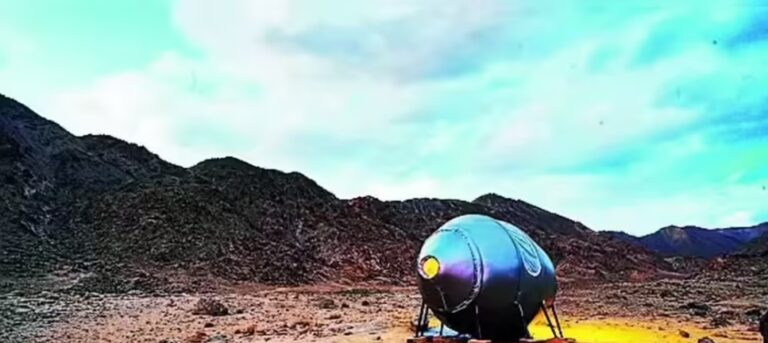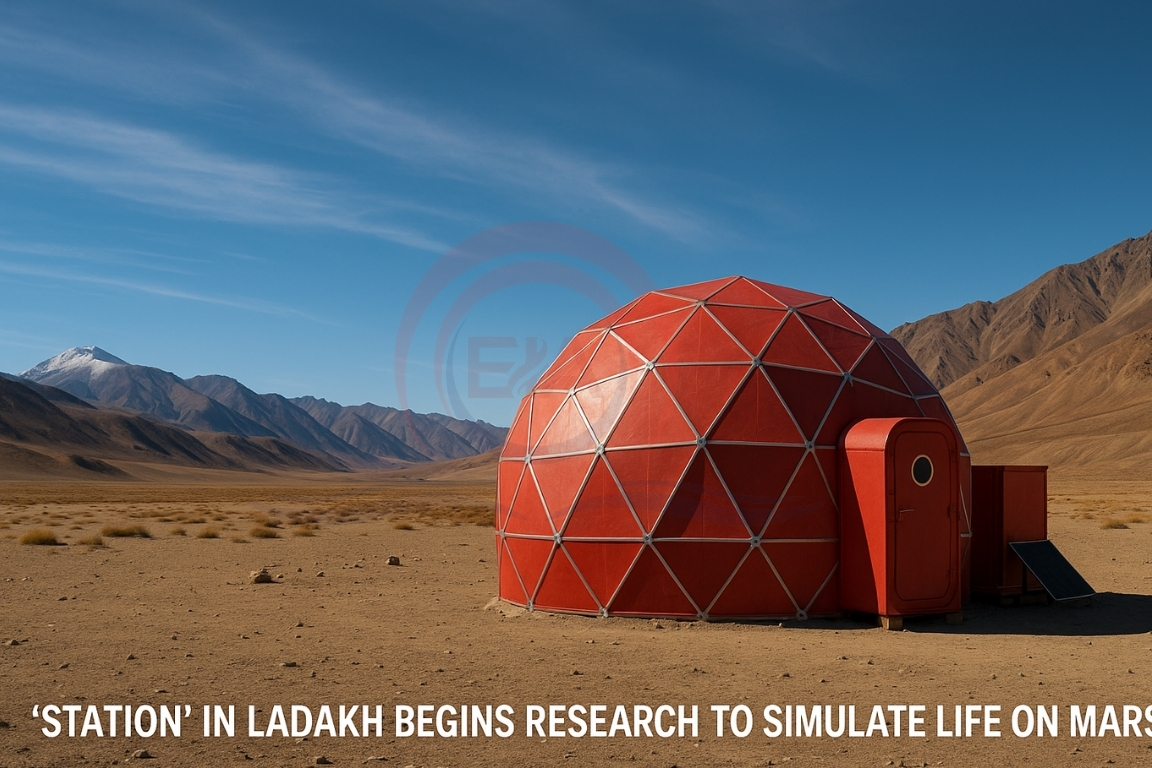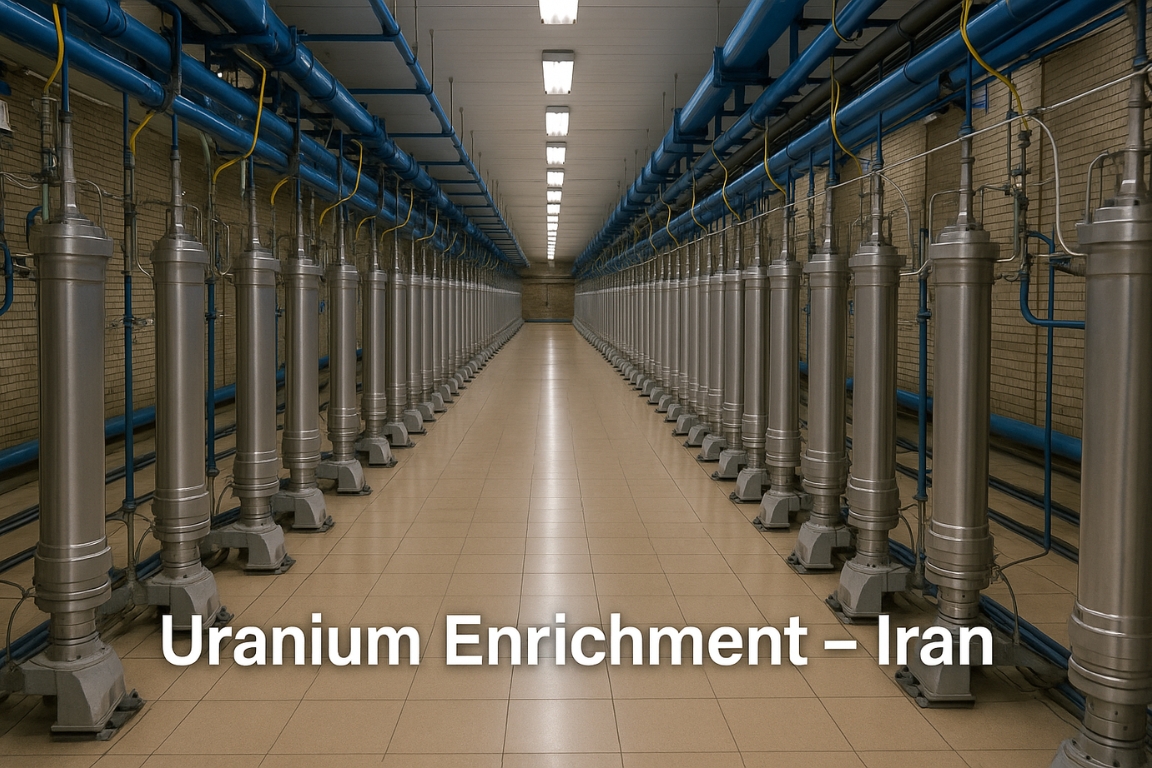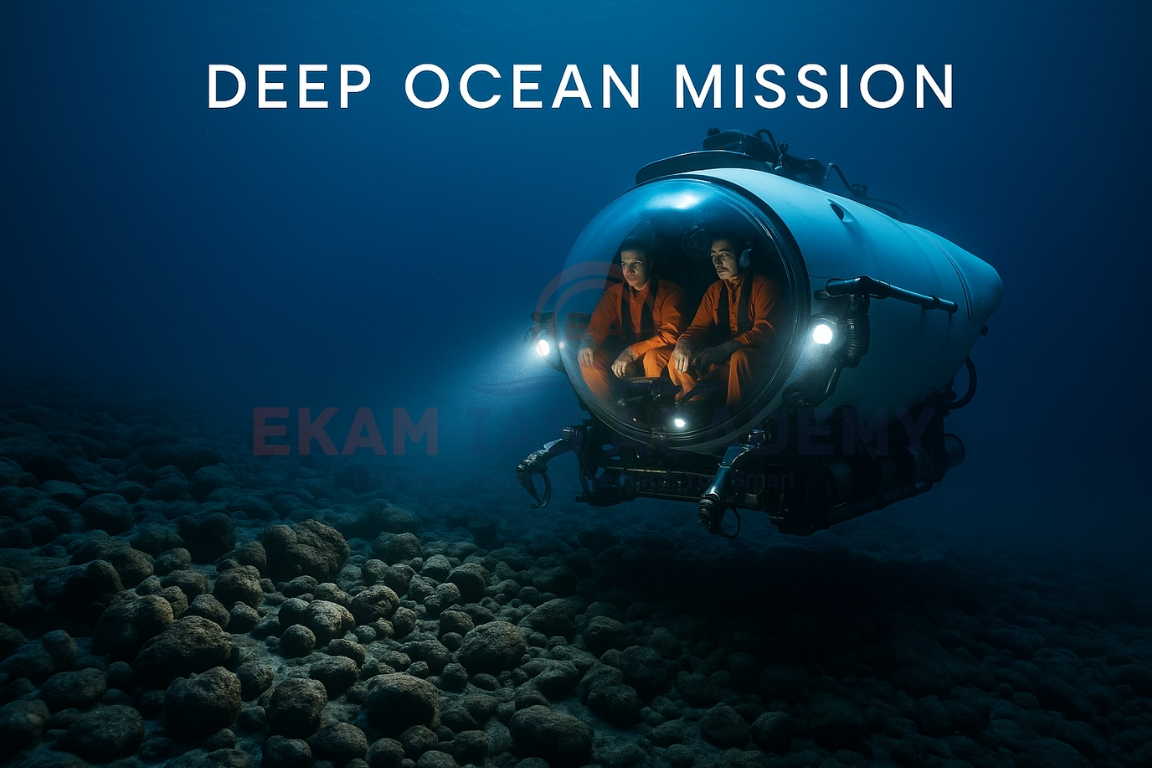Bengaluru-based Protoplanet has launched the Human Outer Planet Exploration (HOPE) project in Tso Kar, Ladakh, to simulate life on the Moon and Mars, supported in part by ISRO for research on human adaptability in space-like conditions.
Background
- HOPE (Human Outer Planet Exploration) is a space simulation project designed to study human survival and adaptability in extreme conditions similar to the Moon and Mars.
- Conducted in Tso Kar, Ladakh, due to its high altitude, cold desert terrain, and thin atmosphere, which mimic extra-terrestrial environments.
Key Features of the Project Isolation Mission:
- Selected crew members will inhabit the research station for 10 days in isolation.
- Participants undergo physiological and psychological studies to monitor resilience and adaptability.

Analogue Site Advantages:
- The geology and climate of Ladakh resemble lunar and Martian conditions.
- Provides a safe and controlled environment for testing human endurance before actual space missions.
ISRO’s Role:
- Partially funded the development of the station.
- Provided guidance for selecting suitable participants for the simulation mission.
Significance
- Supports future manned missions to the Moon and Mars by studying human health and behaviour in isolation.
- Strengthens India’s space research capabilities, aligning with ISRO’s long-term exploration plans.
- Encourages private sector participation in space science, boosting innovation and scientific awareness.
BASIC FEATURES OF MARS
- Surface Geography – Mars is a rocky desert planet with red soil (iron oxide), huge volcanoes (Olympus Mons), deep canyons (Valles Marineris), and many impact craters.
- Polar Ice Caps – Both poles have water ice and frozen CO₂ (dry ice) that expand and shrink with seasons.
- Atmosphere – Very thin atmosphere (~1% of Earth), mostly 95% CO₂, with traces of nitrogen, argon, and water vapor.
- Climate – Cold and dry, average temperature ~ -63°C, frequent dust storms can cover the whole planet.
- Other Features – Seasons exist due to a tilted axis (25°), and thin air plus no magnetic field make Mars exposed to solar radiation.
Conclusion:
The HOPE station in Ladakh is a vital step in India’s journey toward human space exploration, providing crucial data on human survival in extraterrestrial conditions and enhancing the country’s role in future lunar and Martian missions.





